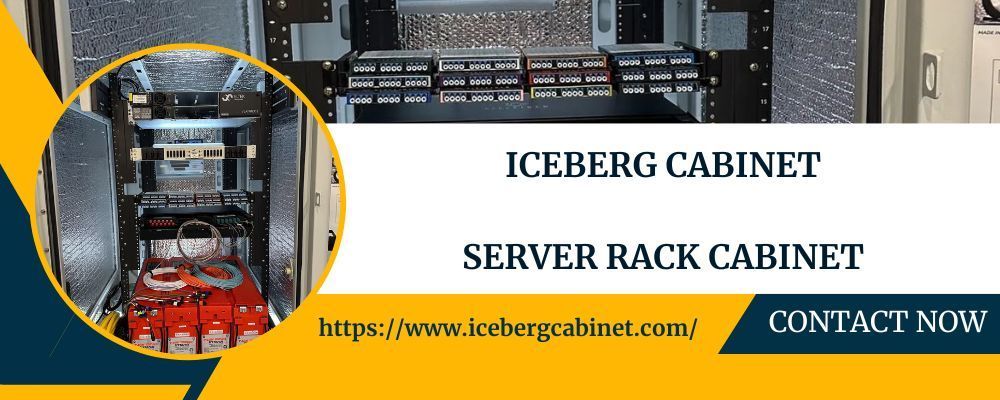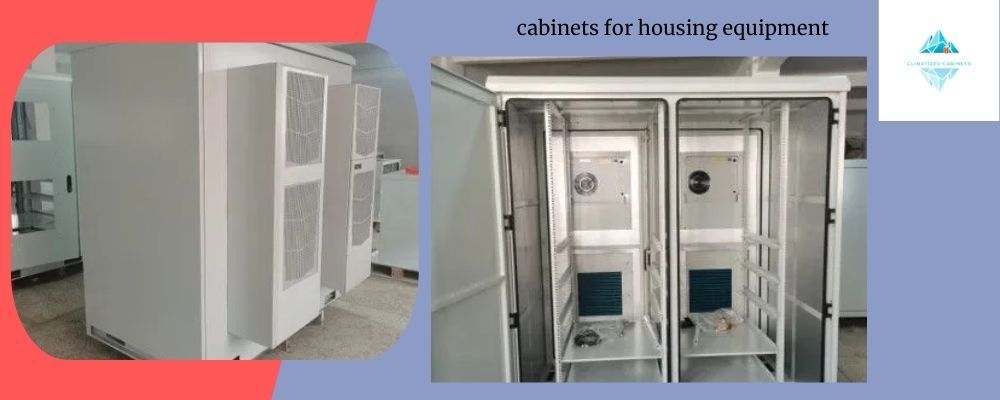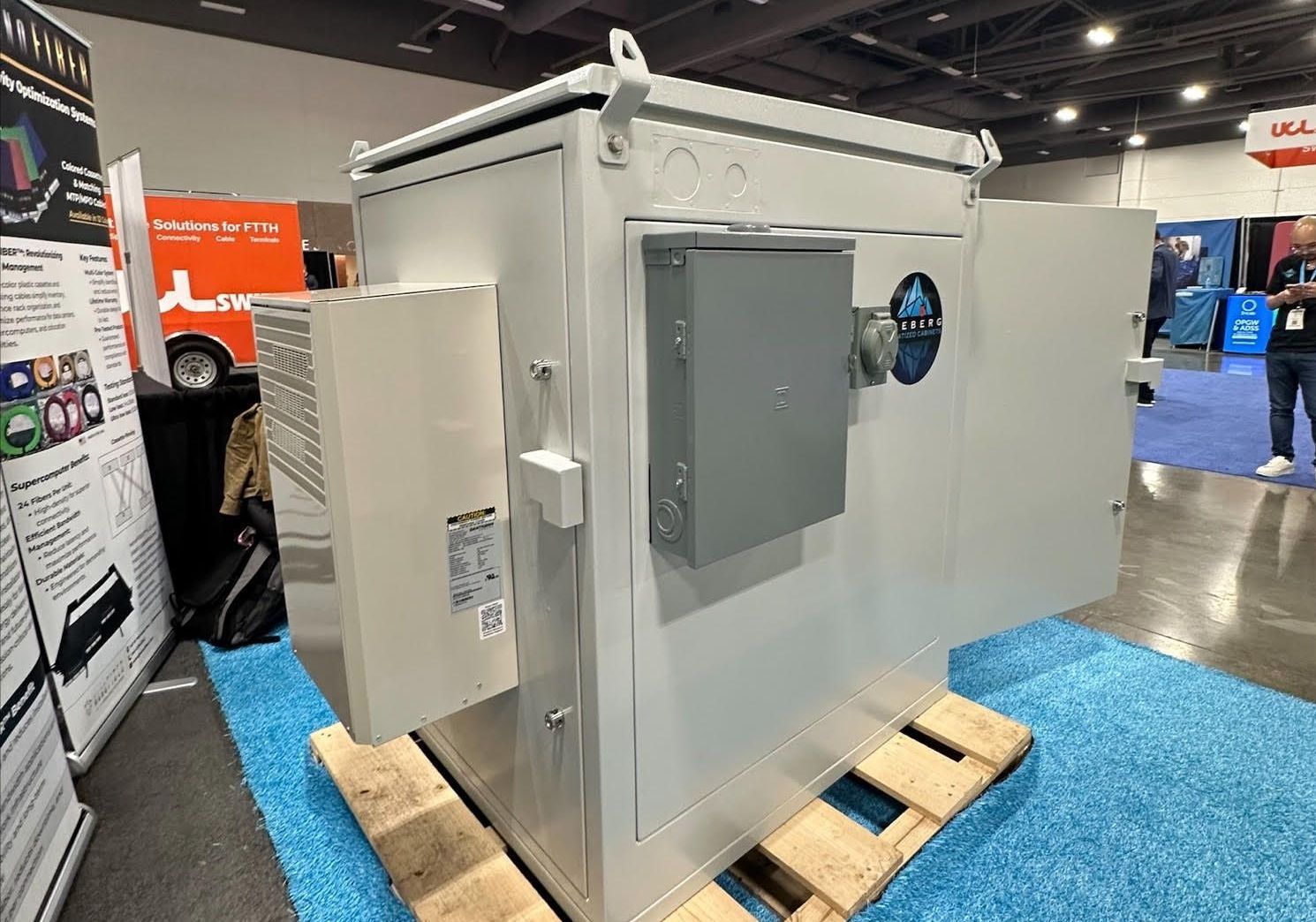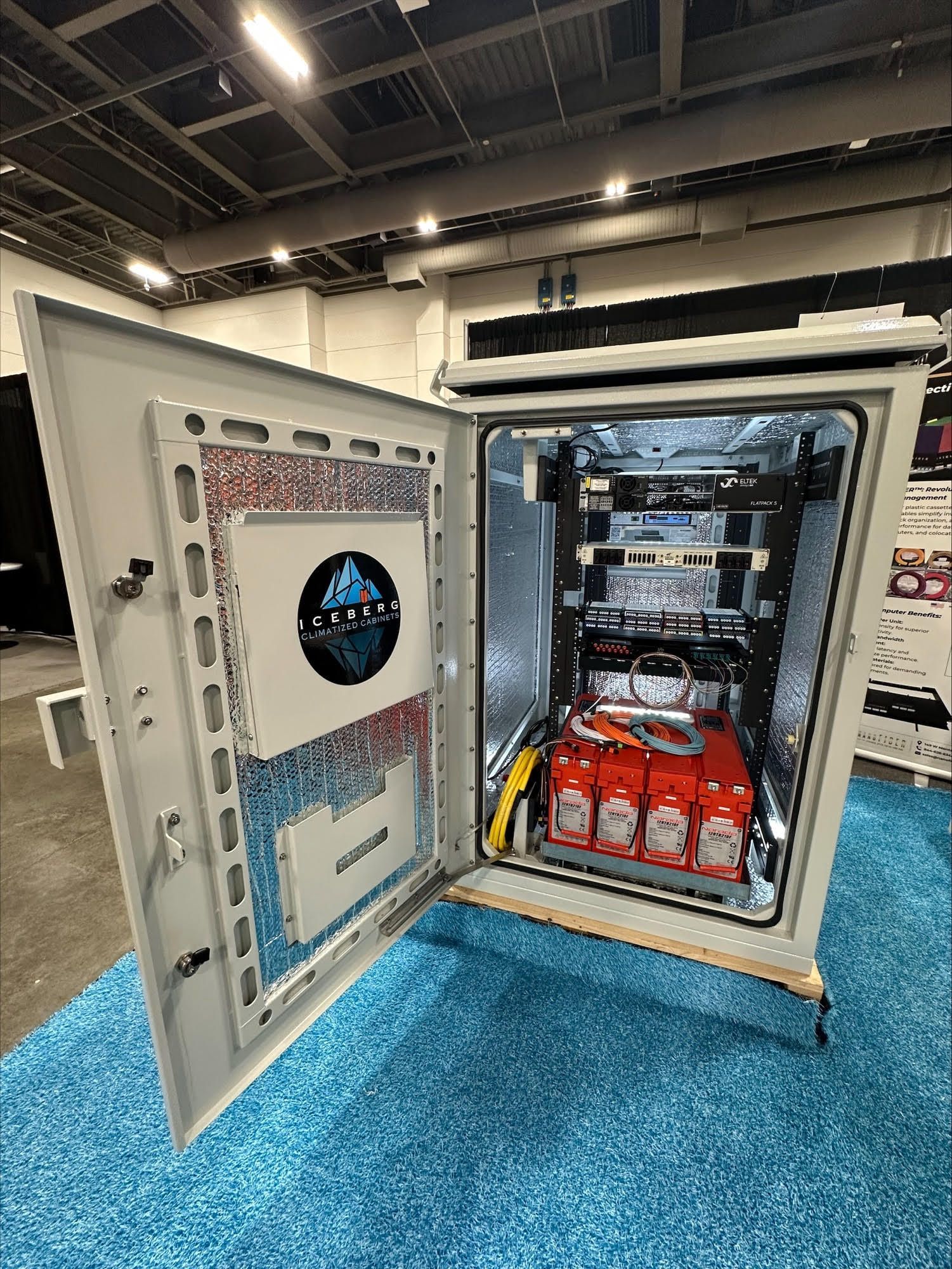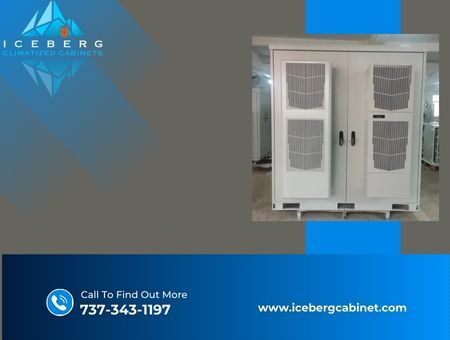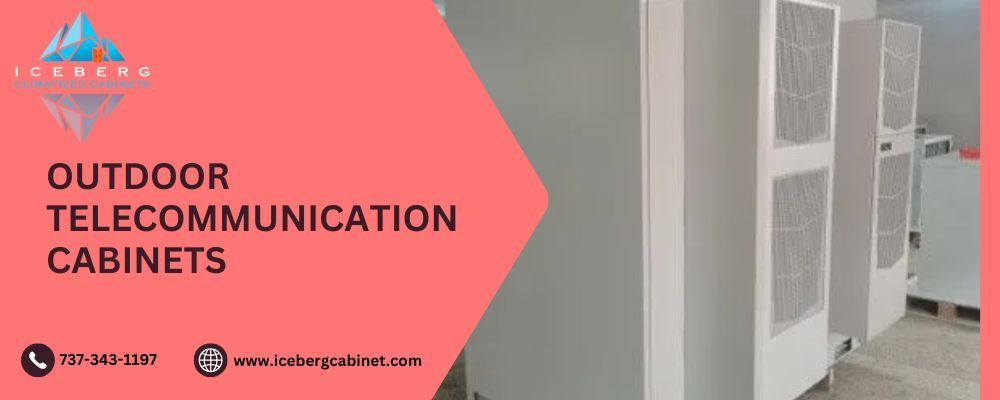How to Choose the Right Telecommunication Cabinet for Small Offices
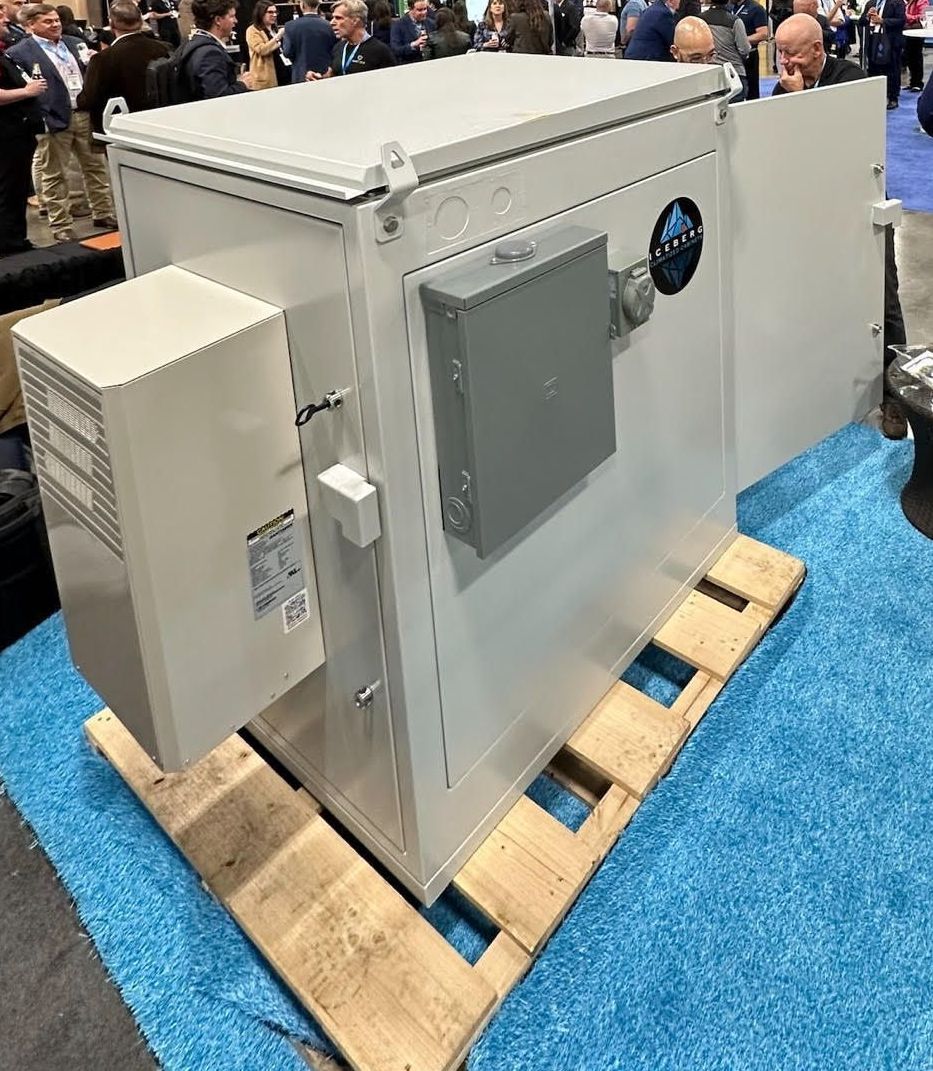
In today’s hyper-connected world, even small offices rely heavily on stable networks, uninterrupted data flow, and streamlined communication systems. Whether you're running a growing startup, a boutique agency, or a remote satellite office, having the right telecommunication cabinet is essential to keep your digital infrastructure running smoothly.
A telecommunication cabinet isn't just a metal box that houses wires and devices—it’s the backbone of your IT operations. Choosing the right one could mean the difference between a seamless workday and constant technical headaches. In this blog, we’ll walk you through everything you need to consider when choosing a telecommunication cabinet for your small office.
Why the Right Telecommunication Cabinet Matters
You may be wondering why you should invest time and money into picking the right cabinet when it seems like a simple piece of hardware. Here’s the truth: a well-chosen telecommunication cabinet ensures your equipment is secure, organized, cool, and accessible. For small offices where space and resources are limited, this choice becomes even more crucial.
A reliable cabinet also enhances system performance, reduces downtime, and even extends the life of your network equipment. At Iceberg Cabinets, we understand that small businesses need solutions that are cost-effective, space-efficient, and built to perform.
Key Factors to Consider When Choosing a Telecommunication Cabinet
1. Size and Space Constraints
One of the most common issues in small offices is limited space. Before choosing a telecommunication cabinet, measure the available space and determine how much room you can dedicate to your IT setup. Think vertically if floor space is tight—wall-mounted cabinets are a great option for small setups.
Also, consider future expansion. While your equipment might fit snugly now, will it still fit after six months of growth? Investing in a slightly larger cabinet than your current needs can save time and money down the road.
2. Type of Cabinet: Wall-Mounted vs. Freestanding
There are two primary types of telecommunication cabinets: wall-mounted and freestanding.
- Wall-mounted cabinets: Ideal for small offices with limited floor space. These are compact, accessible, and perfect for lightweight equipment like patch panels and small switches.
- Freestanding cabinets: Suitable for more robust setups. These offer more room for servers, power distribution units (PDUs), and cooling fans.
At Iceberg Cabinets, we offer both options, each designed with durability and ease of use in mind.
3. Ventilation and Cooling
Electronics generate heat, and if that heat isn’t managed, it can cause equipment failures or even fire hazards. Look for cabinets with built-in ventilation or the option to add cooling units. Some cabinets include perforated doors or side panels that allow passive airflow.
For small offices without a dedicated server room, passive or fan-assisted ventilation can keep your equipment cool without adding to your energy bill.
4. Security Features
Even in small offices, security shouldn’t be overlooked. Your telecommunication cabinet should come with lockable doors and tamper-resistant designs. This helps prevent unauthorized access to sensitive networking gear.
Choose a model that allows you to secure both the front and rear access points for full peace of mind.
5. Cable Management
Good cable management can drastically improve airflow, reduce maintenance time, and eliminate tripping hazards. A quality telecommunication cabinet will include features like cable entry points, tie-down points, and rails to keep your cabling neat and organized.
At Iceberg Cabinets, our cabinets are built with intuitive cable management solutions to save you both time and frustration.
6. Load Capacity
Not all cabinets are created equal when it comes to weight. Check the cabinet’s load capacity to ensure it can handle the combined weight of all the equipment you plan to install. Overloading a cabinet can lead to structural failure and potential equipment damage.
Iceberg Cabinets are designed to handle significant loads without sacrificing stability or safety.
Choosing the Right Server Rack Cabinet
While telecommunication cabinets are great for network equipment, many small offices also require server rack cabinets for housing servers, storage devices, and backup units. When selecting a server rack cabinet, consider the same criteria: size, airflow, security, and cable management.
For offices with minimal equipment, a compact rack that fits under a desk may suffice. But if you're planning to scale, look for full-sized racks with adjustable mounting rails and room for additional gear.
At Iceberg Cabinets, our server rack cabinets are designed to meet the demands of growing small businesses, ensuring reliable performance and easy scalability.
Why Choose Iceberg Cabinets?
Iceberg Cabinets isn’t just another name in the telecom equipment industry—we’re a division of Telcoden, Inc., with over 25 years of experience in delivering durable, reliable infrastructure solutions across the country. Every telecommunication cabinet and server rack cabinet we design is built in Texas, USA, with precision, care, and the future of connectivity in mind.
Our small office solutions are tailored to balance quality, affordability, and innovation. Whether you need a single wall-mounted cabinet or a full office setup, we offer a range of options to match your specific needs.
Final Thoughts
Choosing the right telecommunication cabinet for your small office is about more than specs—it’s about investing in reliability, scalability, and peace of mind. From securing your valuable equipment to ensuring proper airflow and space management, the right cabinet plays a vital role in your office’s daily operations.
Take your time, evaluate your needs, and don’t hesitate to reach out to a trusted provider. At Iceberg Cabinets, we’re here to help you make the best choice for your unique office environment. Our cabinets are more than just enclosures—they’re part of a legacy of excellence built to support your future.
Is your network infrastructure organized, secure, and optimized for performance? If not, an active outdoor rack cabinet can make a significant difference. Whether you run a small wireless or FTTH business or manage a large service network, keeping equipment organized is essential. It improves efficiency, security, and scalability.
An active outdoor telecommunications rack cabinet is more than just a storage unit. It is a well-designed solution that ensures optimal network equipment organization, cable management, cooling, and security.
Below, we explore five key benefits of using a server rack cabinet and share real-world examples of how businesses improved their network setups with modular equipment cabinets.
1. Efficient Equipment Organization:
A messy network environment can lead to downtime and inefficiency. It can also make troubleshooting more difficult. An active outdoor cabinet provides a structured way to house and manage multiple servers, routers, switches, and other network equipment.
How It Helps:
● Eliminates clutter by providing designated slots for hardware.
● Makes it easier to locate, upgrade, and maintain network equipment.
● Saves space, allowing businesses to optimize their work areas.
Real-World Example:
A tech startup struggled to manage its expanding network infrastructure. Equipment was placed on incorrectly in smaller cabinets, cables were tangled, and devices frequently overheated.
After switching to a network outdoor cabinet, airflow improved. Equipment failure decreased, and maintenance became easier. Their field technician team could now work efficiently, reducing downtime and increasing productivity.
2. Better Cable Management:
Messy cables are not just an eyesore. They are a serious operational risk. Poor cable management can lead to accidental disconnections. It can also make troubleshooting difficult and even create safety hazards.
How An Active Cabinet Helps:
● Built-in cable and fiber entrance points keep cables neatly routed.
● Reduces the risk of accidental disconnections and hardware damage.
● Improves airflow, preventing overheating and boosting performance.
Real-World Example:
A financial services firm faced frequent network outages. Their fiber and power cables were tangled between rack RUs, making troubleshooting difficult.
Switching to a modular equipment cabinet transformed their setup. Structured cabling solutions allowed their network team to trace, replace, or upgrade connections easily. As a result, network downtime dropped by 40%, and troubleshooting time was significantly reduced.
3. Enhanced Security and Protection:
Network equipment is expensive. It often contains sensitive business data. Without proper security, unauthorized access or accidental damage can compromise operations.
An active rack cabinet enhances security by offering:
● Lockable doors and side panels to restrict access.
● Protection from dust, moisture, and accidental physical damage.
● Better stability, preventing equipment from being knocked over.
Real-World Example:
A healthcare facility needs to comply with HIPAA regulations, which require the secure storage of IT infrastructure.
By installing climatized cabinet racks, they improved security. Their servers were protected from unauthorized access. Dust accumulation was also minimized. The facility ensured compliance with data protection laws, keeping patient records safe.
4. Optimized Cooling and Airflow:
Network equipment and switches generate heat, and without proper ventilation, they can overheat, leading to system crashes and hardware failure. An active cabinet is designed to enhance airflow and cooling efficiency.
How It Helps:
● Vented US made HVAC and Heat Exchangers help dissipate heat.
● Organized equipment placement reduces airflow blockages.
● Hi and Low temperature alarms built into ventilation notifies NOC if there is a problem.
Real-World Example:
A fast-growing e-commerce company experienced frequent network failures. Its cramped cabinet caused overheating due to poor airflow.
After installing active rack cabinets, airflow improved. The network equipment stayed cool, and overheating issues disappeared. They saw a 50% reduction in downtime, allowing them to handle peak traffic more efficiently.
5. Scalability and Future Growth:
As businesses grow, network needs to expand. A active telecommunications cabinet allows businesses to scale without requiring a complete network overhaul.
How It Supports Future Growth:
● Modular designs allow businesses to add more servers and networking equipment.
● Adjustable rack rails accommodate different equipment sizes.
● Ensures a streamlined setup, even with increasing network demands.
Real-World Example:
A digital marketing agency started with one server. As client demands grew, they needed to expand their infrastructure.
Their initial network setup lacked structure. Adding new hardware was difficult. After switching to a modular equipment cabinet, they scaled easily. Their network team added new equipment without affecting existing systems. The company maintained efficiency even as its infrastructure grew.
Why a man Active Rack Cabinet Is Essential for Your Network Setup?
Whether you manage a FTTH, middle mile, or long haul fiber network or a large data center, investing in an active rack cabinet is a smart decision. It ensures:
● Better equipment organization for easy maintenance and troubleshooting.
● Proper cable management to reduce clutter and improve efficiency.
● Enhanced security to protect valuable network assets.
● Optimized cooling to prevent overheating and extend equipment lifespan.
● Scalability to support future growth without costly overhauls.
For businesses looking to improve their network infrastructure, Iceberg Climatized Cabinets offers high-quality modular equipment cabinets. These cabinets provide efficiency, security, and scalability. Explore their solutions today and upgrade your network setup for better performance and reliability!
